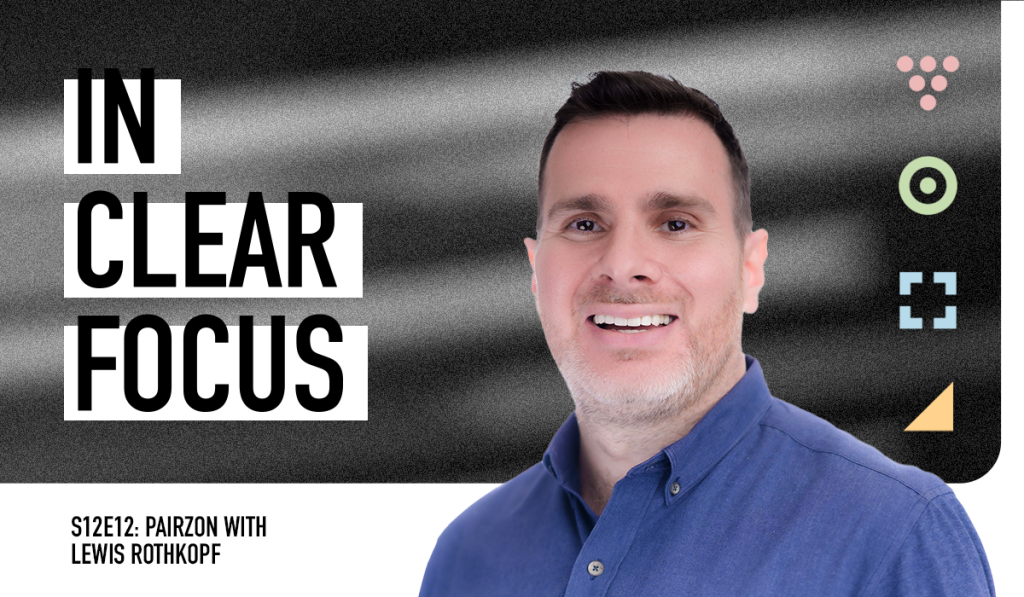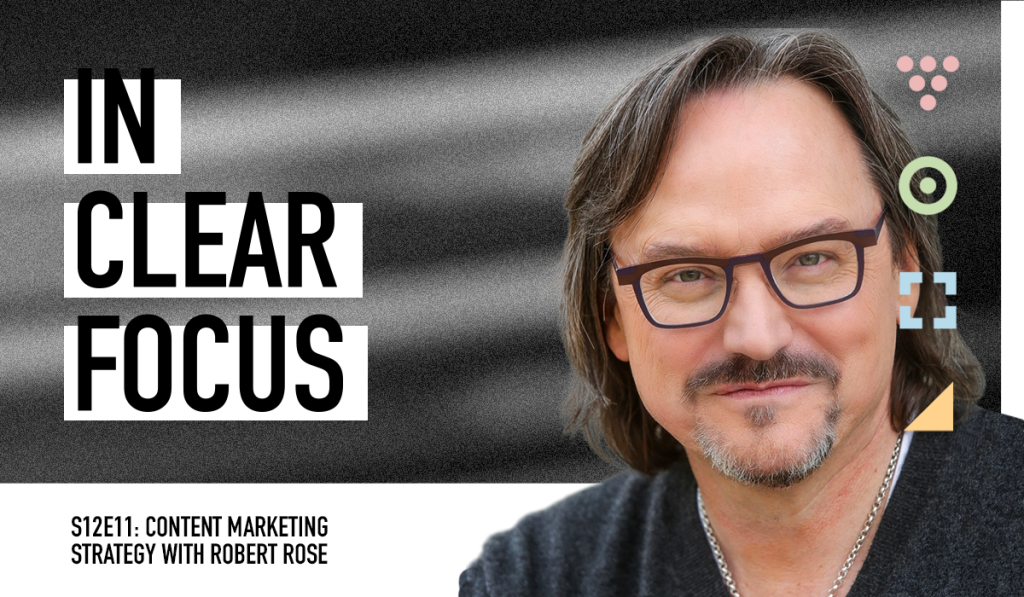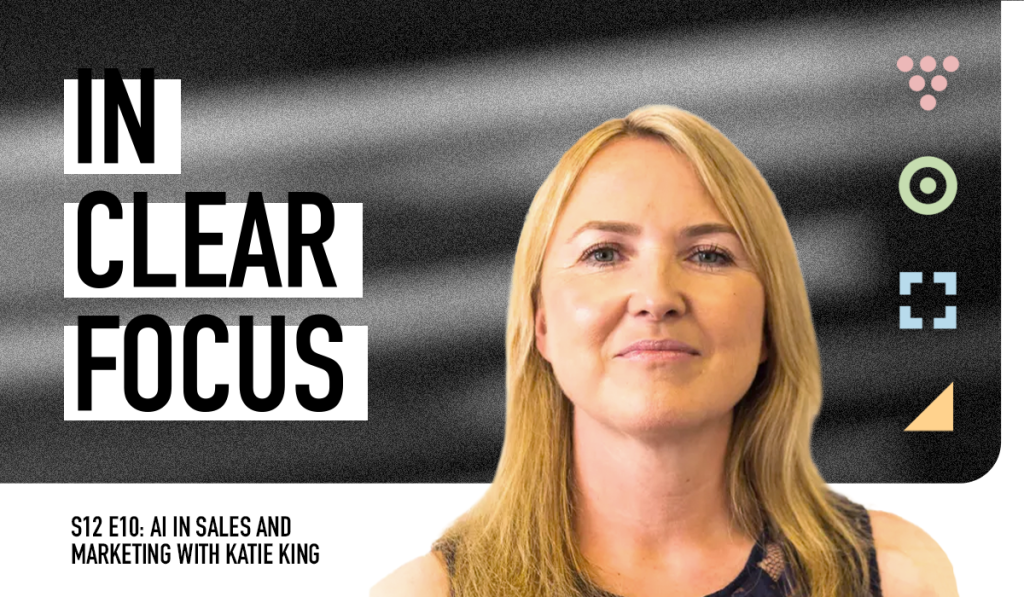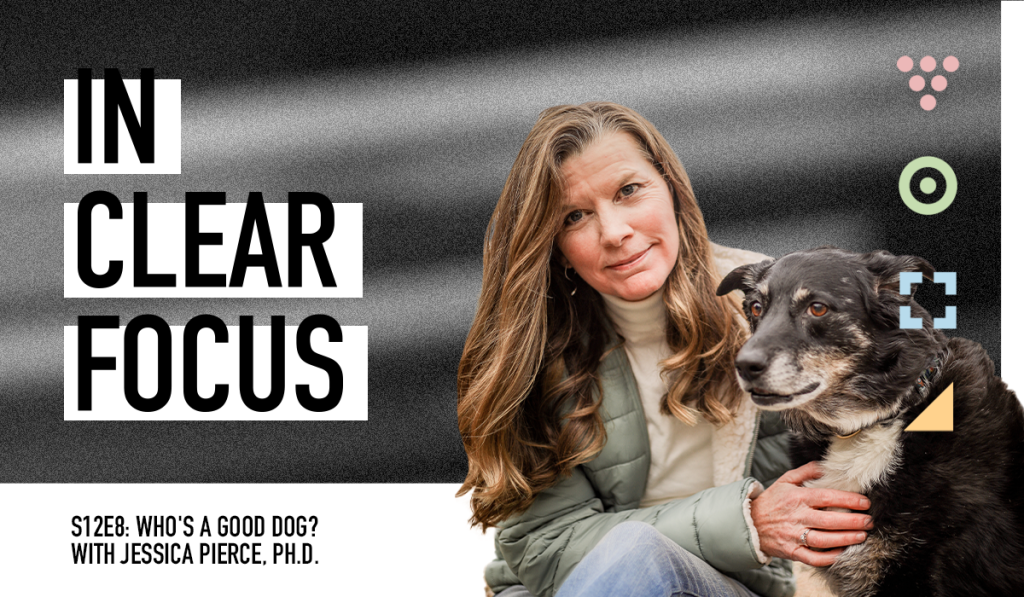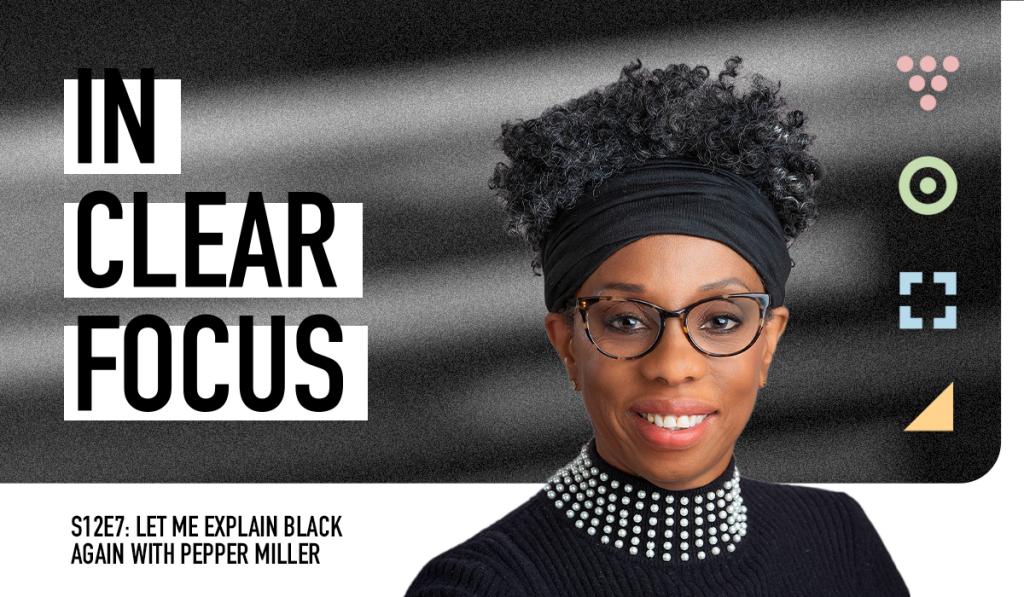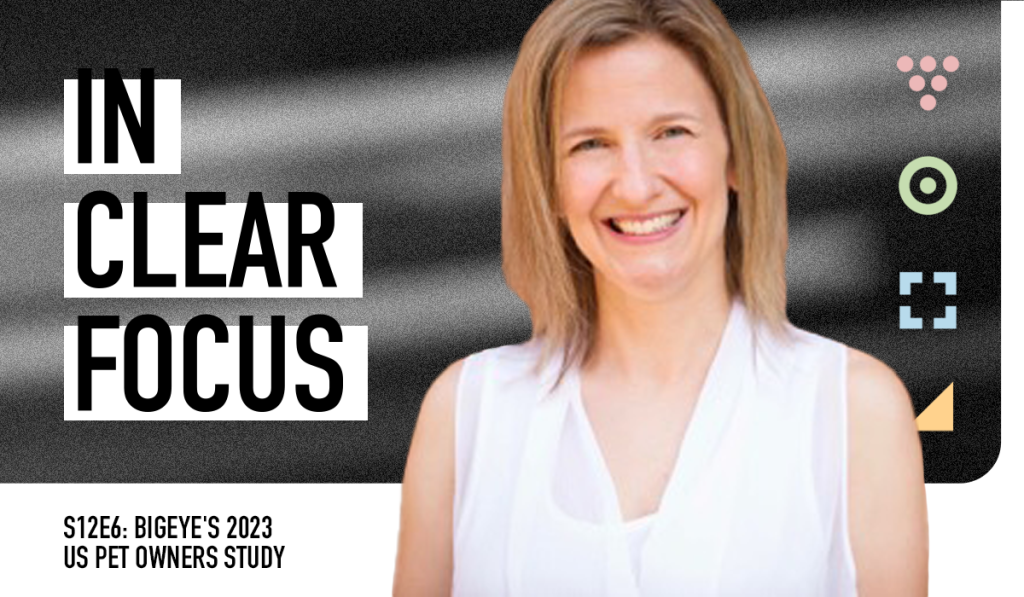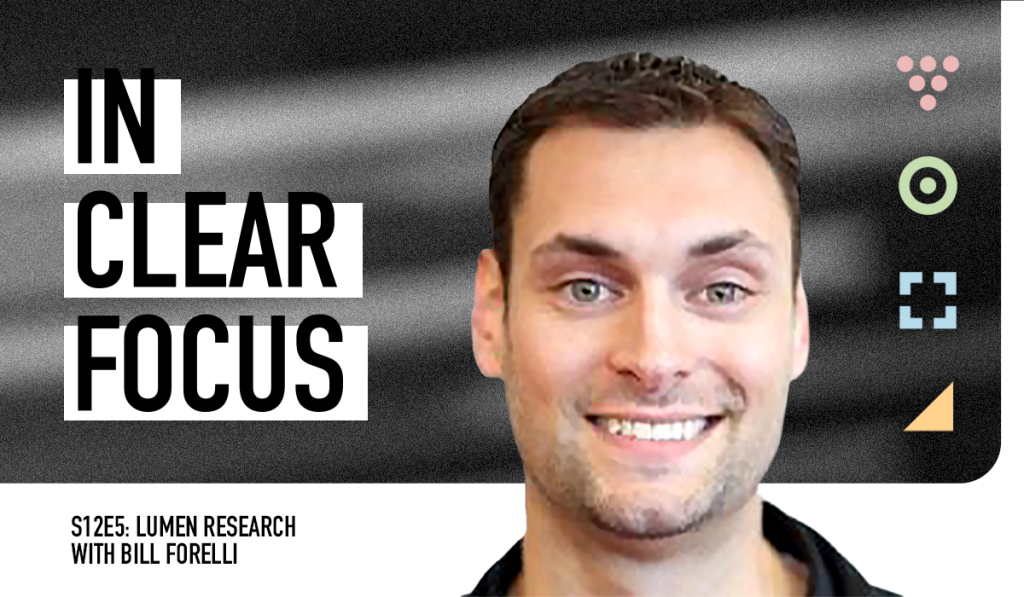Pairzon with Lewis Rothkopf
This week’s guest is programmatic media expert Lewis Rothkopf, CRO at Pairzon. Without relying on third-party cookies, Pairzon’s customer data platform facilitates precise audience targeting for omnichannel, DTC, and physical retailers. Lewis explains the importance of first-party data and how Pairzon’s platform tracks consumer actions after ad exposure. We also discuss the role that machine learning and AI play in Pairzon, illustrated by real-world examples and case studies.

